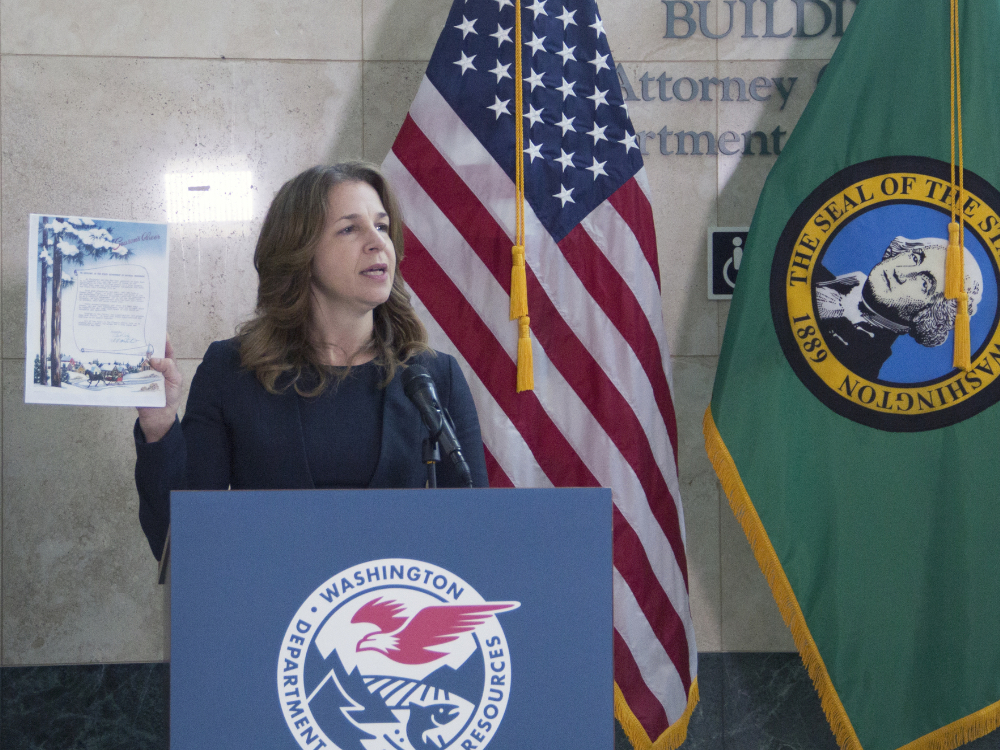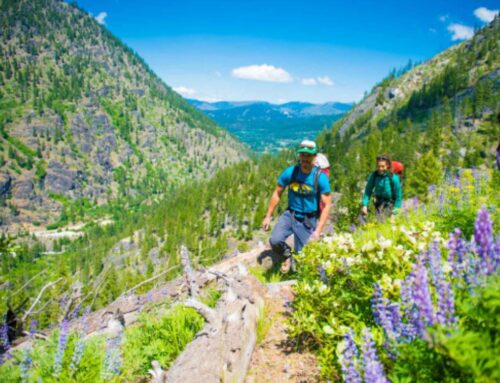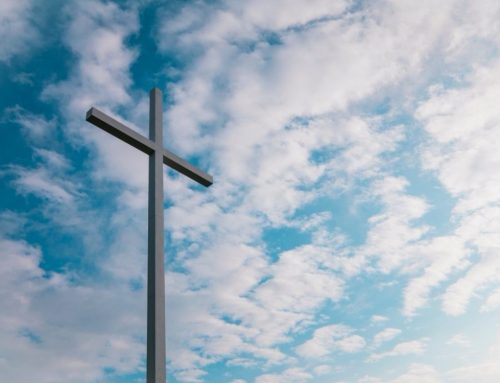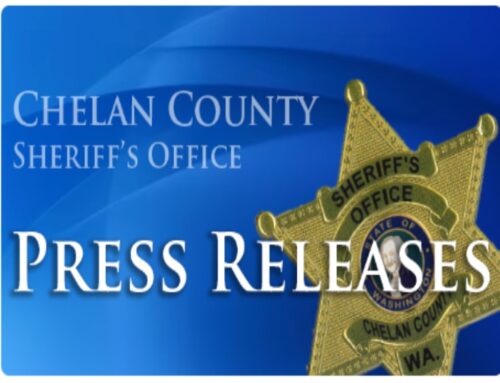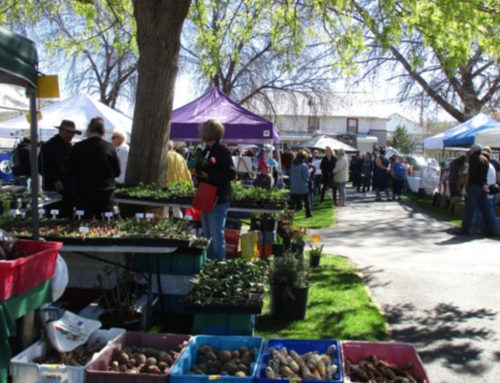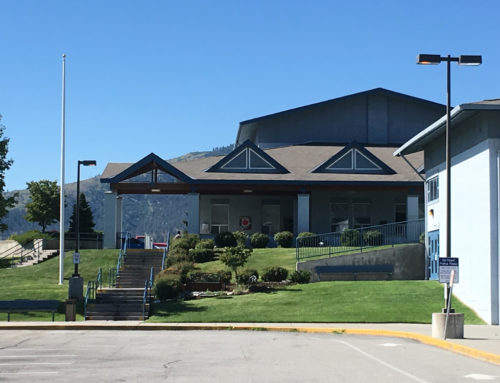Despite cooler weather, Commissioner of Public Lands asks Washington residents to avoid starting outdoor fires, while landscape is still extremely dry
information released, file photo
Commissioner of Public Lands Hilary Franz is asking members of the public to help prevent wildfire starts during as fall comes in. Citing elevated temperatures and dry fuel conditions, Franz highlighted the need to protect both residents and fire fighters from avoidable wildfire danger.
“The recent fires on the west side of our state reminds us that fire season is not over yet. As we’ve seen the past couple years with the Bolt Creek and Nakia Creek fires, autumn still holds potential for large wildfires that can impact broad areas of Washington,” said Commissioner Franz. “We’re seeing fires rage through wetter forests, even the Olympic Rainforest. Even though it’s been cooler, we still haven’t seen much rain, and until we do our forests remain vulnerable to wildfires that can threaten homes and fill our skies with smoke. This year has been one of the most destructive ever for the people of Washington. I’m urging everyone to continue their vigilance by not starting fires outdoors to keep our state and our firefighters safe.”
So far in 2023, Washington has had 1,855 wildfires burn 155,503 acres, which is ahead of the typical pace for number of fires but below average for acres burned. DNR’s 10-year average is 1,417 fires and 288,682 acres burned.
However, it’s also been one of the most destructive fire seasons on record, with more than 400 homes burned by wildfires across Washington, including the homes burned by the Gray and Oregon Road fires in Spokane County last month.
Moderated weather conditions are allowing firefighters to make progress containing existing wildfires, with the largest active fire being the Cowlitz Complex primarily in the Gifford Pinchot National Forest outside Randle, which is 40 percent contained at 715 acres.
Additionally, fuels across the state remain primed to burn at any time. Despite longer, cooler nights, fire conditions in the western Cascades are still abnormally dry, according to DNR fuel moisture experts.
Many of the Fire Danger Rating areas throughout central Washington are high. Most of western Washington is now rated high or very high for fire danger. Ratings can be tracked here.


